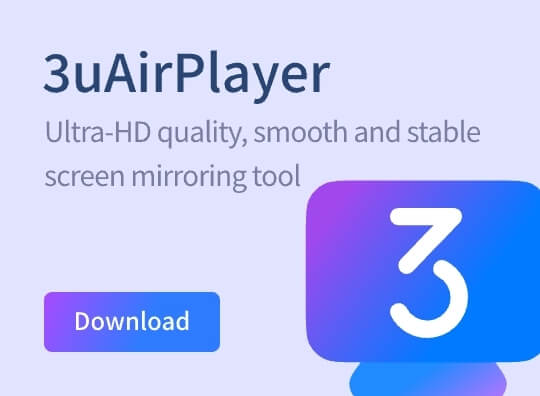iPhone X Is King of OLED Screens: See for Yourself
11/03/2017
3062
So much has been made of the iPhone X's infamous notch, but its 5.8-inch display is notable for other reasons. With the introduction of its first handset with an OLED panel, Apple joins the ranks of Samsung and LG; in fact, Samsung has been putting the technology in its phones since way back in 2008.
![]()
Apple has some catching up to do, and we were interested in seeing how its efforts compared to its two closest competitors running OLED displays: the Samsung Galaxy Note 8 and the Google Pixel 2 XL. Here's what we saw.
The brightest display
To get a better read on each phone, I enlisted the help of a few of my colleagues. The first thing they all pointed out was just how bright the iPhone X’s 5.8-inch display gets in comparison to its Android-powered rivals.
When taking our light meter to all three, we weren't surprised to find that the iPhone X was far and away the brightness leader, recording 574 nits, while Google's and Samsung's best efforts could muster only 438 and 408 nits, respectively. The smartphone average is 433 nits.

Brightness is a key component of any display, but it's especially important on OLED panels, which are typically much dimmer than their LCD counterparts due to the lack of a backlight. Screen makers have improved in this regard over the years, but the iPhone X looks to be a serious step up from the previous standard-bearer up to this point, Samsung's Galaxy S line.
Having a display this bright lifts every part of whatever content you have on-screen. Darker tones present more detail and subtle color. Edges universally appear crisper. Contrast becomes less drastic but still striking because of OLED's capability to deliver true blacks. It's perhaps the greatest strength of the iPhone X's screen that makes a profound first impression.
Apple's never been one to tout super vivid colors, nor has it offered a variety of viewing modes on its handsets as many phone makers do. As a result, we weren't surprised to find that the iPhone X struck a balance between the Note 8 and Pixel 2 in terms of color representation.
Comparing a still image from Wonder Woman on all three displays, the Samsung quickly re-confirmed its reputation for oversaturated hues. Tom's Guide's Caitlin McGarry noted it was the least realistic-looking of the bunch, while Andrew Freedman remarked on the unnatural intensity of the blue sky.
![]()
Users who prefer the punchier colors of the Note 8 will probably come away with the impression that Apple's rendition of OLED isn't much more immersive than the LCD screens offered in the iPhone 8 and 8 Plus. The iPhone X covered 123 percent of the sRGB gamut in our testing, compared with the Pixel 2 XL's 130 percent and the Note 8's impressive 204 percent range.
In terms of realism, the Pixel 2 XL is a more worthy adversary. Google tuned its LG-sourced 6-inch panel to an sRGB color profile that's more muted compared to what you find in most phones. But then the Pixel goes too far, attempting to achieve lifelike visuals by toning down the contrast and casting a beige filter that permeates everything from Wonder Woman's skin to the sea beyond. (Google says a future software update will bolster color saturation, though at the expense of accuracy.)
Ultimately, the iPhone X took the victory here, as it better handled the contrast between the sky and water. The increased brightness also helped illuminate more of the shadowy details in the scene, like the braids in Wonder Woman's hair.
Better white balance
Thanks to its True Tone display, the iPhone X can adjust its white balance to ambient lighting conditions. But even with True Tone off, our unit struck a perfect medium between the warmth of the Pixel 2 XL and the cool shift of the Note 8 in our office.
Further testing also indicated that True Tone actually improves color accuracy. With the feature off, our iPhone X recorded a Delta-E score of 0.28. (Numbers closer to 0 are better.) With the True Tone on, that was improved to 0.21. That's comparable to the score from the Pixel 2 XL (0.26) and a bit better than the reading from the Note 8 (0.5).
Superior viewing angles
There's a common complaint about OLED displays: They don't fare well when viewed off-center. Most present a blue tint along with a drop in brightness that can be slight or severe. All three phones in this comparison are subject to this flaw, but the iPhone X handles these shortcomings the best.
![]()
Apple's panel does a much better job of maintaining its brightness as you tilt the phone from left to right, and top to bottom. It does get a few shades cooler as you turn it, but not quite to the degree of the Note 8, and definitely not to the extent of the Pixel 2 XL.
It's not quite as sharp
This is not something you're likely to notice in typical usage, but it should be said nevertheless: The iPhone X's display carries fewer pixels per inch (438 ppi) than either the Note 8 (521 ppi) or the Pixel 2 XL (538 ppi).
If you squint, you can see fine aliasing around text and UI elements that is harder to pin down on Samsung's device. The issue is somewhat exacerbated by viewing 16:9 formatted content — like pictures and videos — in the iPhone X's full-screen view that crops out the top and bottom of the frame. The YouTube app on iOS already has a toggle for this, and it made the trailer for Justice League I was watching ever so slightly blurrier, though the effect was much more immersive, even despite the notch.
Bottom Line
It took Apple an awfully long time to jump on the OLED bandwagon, but as usual, the company knocked it out of the park when it finally made the move. But is it better than the competition? The answer to that question will depend on what you like to see.
If it's realism you want, the iPhone X supremely bright screen and exquisite white balance provide a sense of color accuracy you simply don't get from other handsets. But if you want hues that truly pop, the Galaxy Note 8 is still king. Ironically, Samsung is responsible for producing the OLED panels in both phones, but differences in tuning have resulted in two of the year's very best, albeit very different, smartphone displays.
Source: tom's guide












